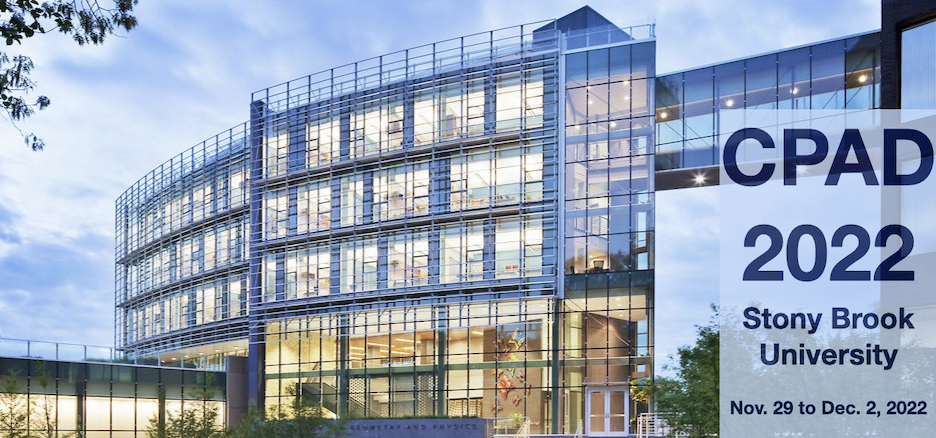Speaker
Description
Highly granular pixel detectors allow for increasingly precise measurements of charged particle tracks, both in space and time. A reduction in pixel size by a factor of four in next-generation detectors will lead to unprecedented data rates, exceeding those foreseen at the High Luminosity Large Hadron Collider. Signal processing within one bunch crossing clock cycle and smart data reduction within the pixelated region of the detector will improve the accuracy and efficiency of event selection for triggering and analysis. Using the shape of charge clusters deposited in arrays of small pixels, the physical properties of the traversing particle can be extracted by locally customized neural networks. Data from the sensor will be processed with a custom readout integrated circuit designed on 28 nm CMOS technology capable of operating in extreme radiation environments. This talk will present several promising methods of on-chip data reduction, including the application of a momentum selection, as well as reconstruction of particle hit position and incident angle.

